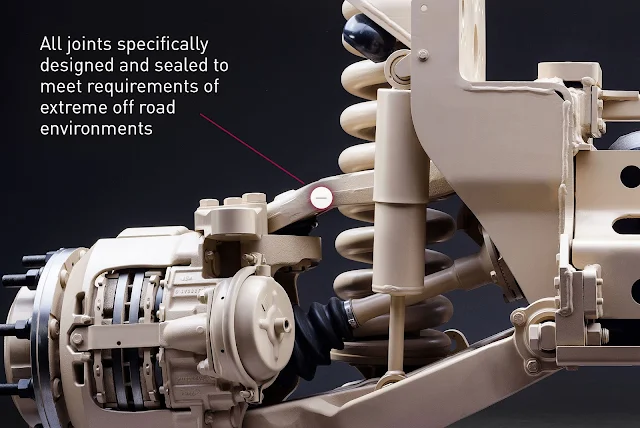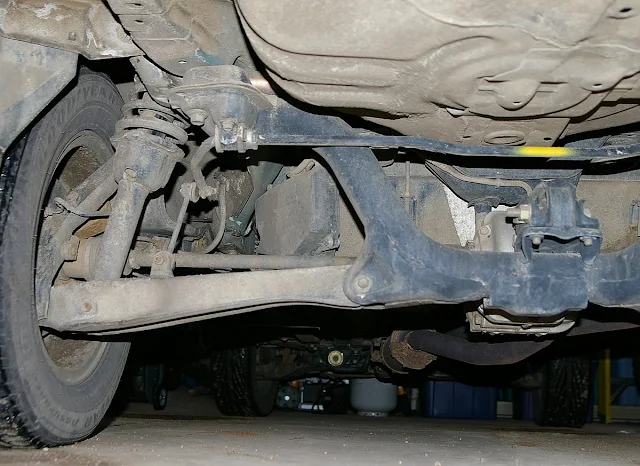Independent Axle
On the other hand, independent axles offer greater flexibility and improved performance. This type of axle incorporates flexible joints at both ends of the axle shaft, allowing each wheel to move independently in response to road irregularities. As a result, when one wheel encounters a bump or dips into a pothole, the other wheel remains unaffected, providing better stability, traction, and overall handling. Independent axles are commonly found in modern passenger cars and high-performance vehicles.The selection of rear axle type depends on various factors such as the intended vehicle application, suspension design, and desired driving characteristics. Each axle type has its advantages and disadvantages, and manufacturers carefully consider these factors to optimize the vehicle's performance, comfort, and safety.
 By understanding the different rear axle configurations and their impact on vehicle dynamics, enthusiasts and car owners can make informed decisions about their vehicle's suspension setup and tailor it to their specific driving preferences. Whether prioritizing off-road capability, towing capacity, or sporty handling, the rear axle choice is a crucial consideration.
It's worth noting that advancements in automotive engineering have led to the development of advanced rear axle technologies, such as electronically controlled limited-slip differentials (LSD) and active suspension systems. These technologies further enhance traction, stability, and overall vehicle performance by dynamically adjusting power distribution between the rear wheels and optimizing suspension response to changing driving conditions.
By understanding the different rear axle configurations and their impact on vehicle dynamics, enthusiasts and car owners can make informed decisions about their vehicle's suspension setup and tailor it to their specific driving preferences. Whether prioritizing off-road capability, towing capacity, or sporty handling, the rear axle choice is a crucial consideration.
It's worth noting that advancements in automotive engineering have led to the development of advanced rear axle technologies, such as electronically controlled limited-slip differentials (LSD) and active suspension systems. These technologies further enhance traction, stability, and overall vehicle performance by dynamically adjusting power distribution between the rear wheels and optimizing suspension response to changing driving conditions. |
Independent Axle |
Investing time in understanding the intricacies of rear axle design and its impact on vehicle dynamics empowers automotive enthusiasts to appreciate the engineering behind their vehicles and make informed decisions when it comes to customization, maintenance, or performance upgrades.

